A Different Light 18 January 2020
The afternoon of Sunday, the fifth of January, had a particularly gloomy feel about it. It wasn’t just because I was going back to work after my Christmas break the next day! It wasn’t because it was the anniversary of the death of my brother-in-law, although it did remind of his pyromaniac tendencies. It was a weird haze that enveloped Northland and Auckland from the Australian bush fires. It was eerie, the sun was red. It was straight out of an Apocalypse Zombie movie. The bush fires have constantly been on the news since late last year. My son in law is over there for a second tour, fighting the fires as part of his forestry role here. It sounds horrendous. It looks super-hot and super volatile. We have heard a lot about the plight of the wildlife over there. Millions of animals are getting killed. Koala bears are edging towards extinction. Kangaroos are getting a lot of attention. It made me wonder: How are disabled people are faring through this crisis?
Historically, disabled people are far more at risk during crises and disasters.
Hurricane Katrina was a standout example of this. The storm inflicted a terrible toll, killing at least 1,330 and injuring thousands. Older adults and people with disabilities were among the hardest hit. According to a White House report, 71% of the people who died in the state of Louisiana during the storm were over the age of 60. And as the National Council on Disabilities (NCD) has noted, “people with disabilities, especially those living in poverty, were disproportionately left behind in Hurricane Katrina.” There was an image of a woman in a wheelchair, dead outside a Convention Centre that became a symbol of not only the destruction of the storm but the inequality of the rescue efforts afforded to disabled people.
The report went onto say that people with disabilities were disproportionately affected by the Hurricane because their needs were often overlooked or completely disregarded. Their evacuation, shelter, and recovery experiences differed vastly from the experiences of people without disabilities.
And there was the Twin Towers Terrorist attack, now known as 9/11, which killed about 3000 people at the World Trade Center in New York, at the Pentagon in Arlington, Virginia, and in a field in Pennsylvania, as well as the passengers on the four planes used as weapons of terror. But what most people don’t realize is that a very high portion of the people who died that day were people with disabilities. And this isn’t because they were targeted by terrorists, or because people didn’t bother trying to rescue them. This is because the most typical disaster preparedness plan put in place for people with disabilities usually involves some variant of: Come to location X near the stairs, then sit and wait for rescue. The only problem is, sometimes an emergency moves so fast that there is simply no time for rescue to arrive. And when that happens, people with disabilities are often the first to die because they are the last to be evacuated.
I’ve been involved in a couple of evacuations, all of them either fire drills or false alarms. When you are not on the ground floor and have a mobility impairment like mine, you are told to wait until someone comes to assist you. This can be somewhat alarming particularly when you’re the only one left in a building apart from a blaring alarm.
So back to the Aussie bush fires. I have seen nothing in the media about disabled people in these fires, so I went googling. I found a piece on the SBS news site about a woman called Gaele, who lives with muscular dystrophy and uses a mobility scooter. She was visiting her parents in the New South Wales town of Moruya when a nearby bushfire sparked advice to evacuate last week. She went the Evacuation Centre with her elderly mother. However she apparently didn’t stay for long. She found the Centre too problematic for both her and her mother. She said “People were doing the very best they could for us with such limited resources. But that’s what makes me angry – that there were limited resources.”
“We were not sure the fire danger was over, but we knew the danger at home would be less than the stress we faced in the evacuation centre.”
The piece went on to quote Michelle Villeneuve, associate professor at the University of Sydney’s Centre for Disability Research and Policy who said, “Fundamentally, the reason disabled people area more at risk is because often critical information is not in a format they can access, understand or use. Just like exclusion from mainstream community activities, people with disabilities have been excluded from the mainstream of emergency management.”
I hope that in weeks to come we are not reading stories about disabled people in Australia not being able to escape the fires. I hope that the lack of stories about disabled people in the fires is a good sign, meaning that they are being taken care of as well as everyone else. Including the Koala bears.
Jonny Wilkinson is the CEO of Tiaho Trust – Disability A Matter of Perception, a Whangarei based disability advocacy organisation.
